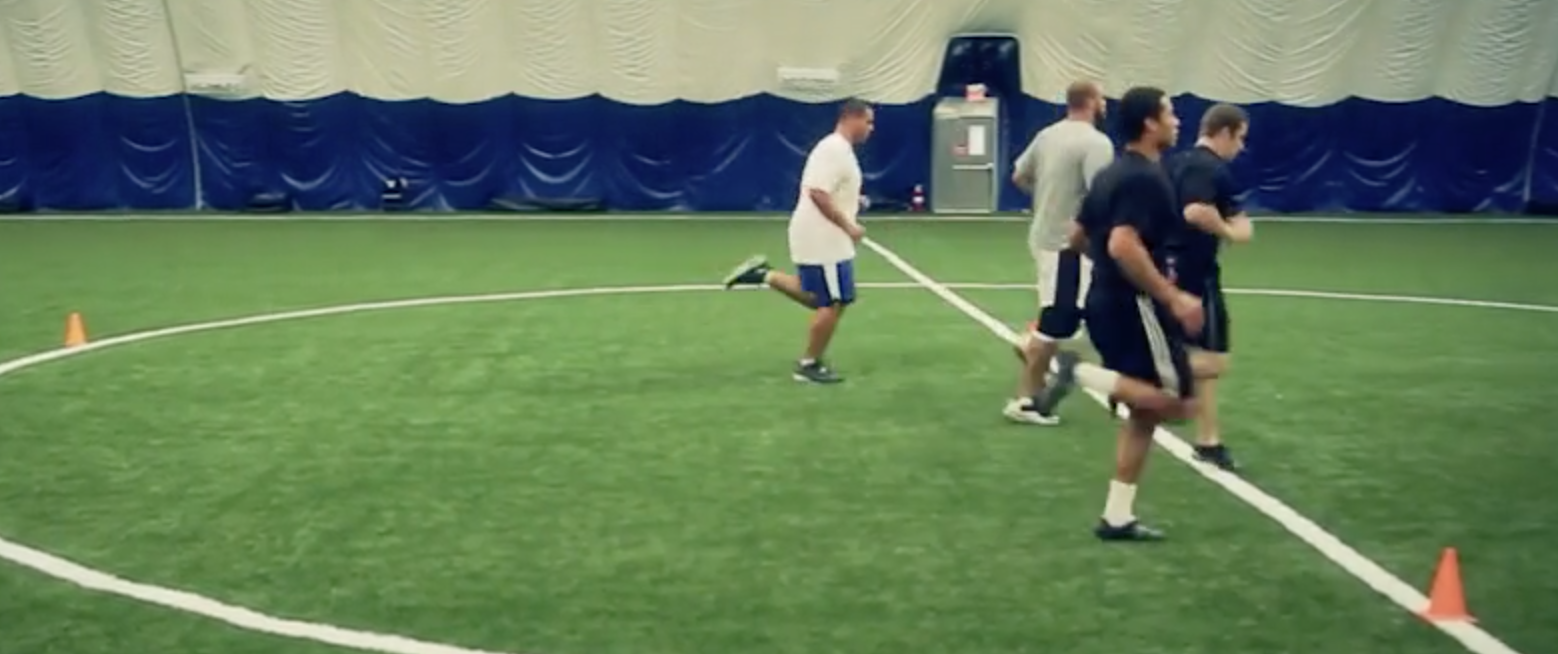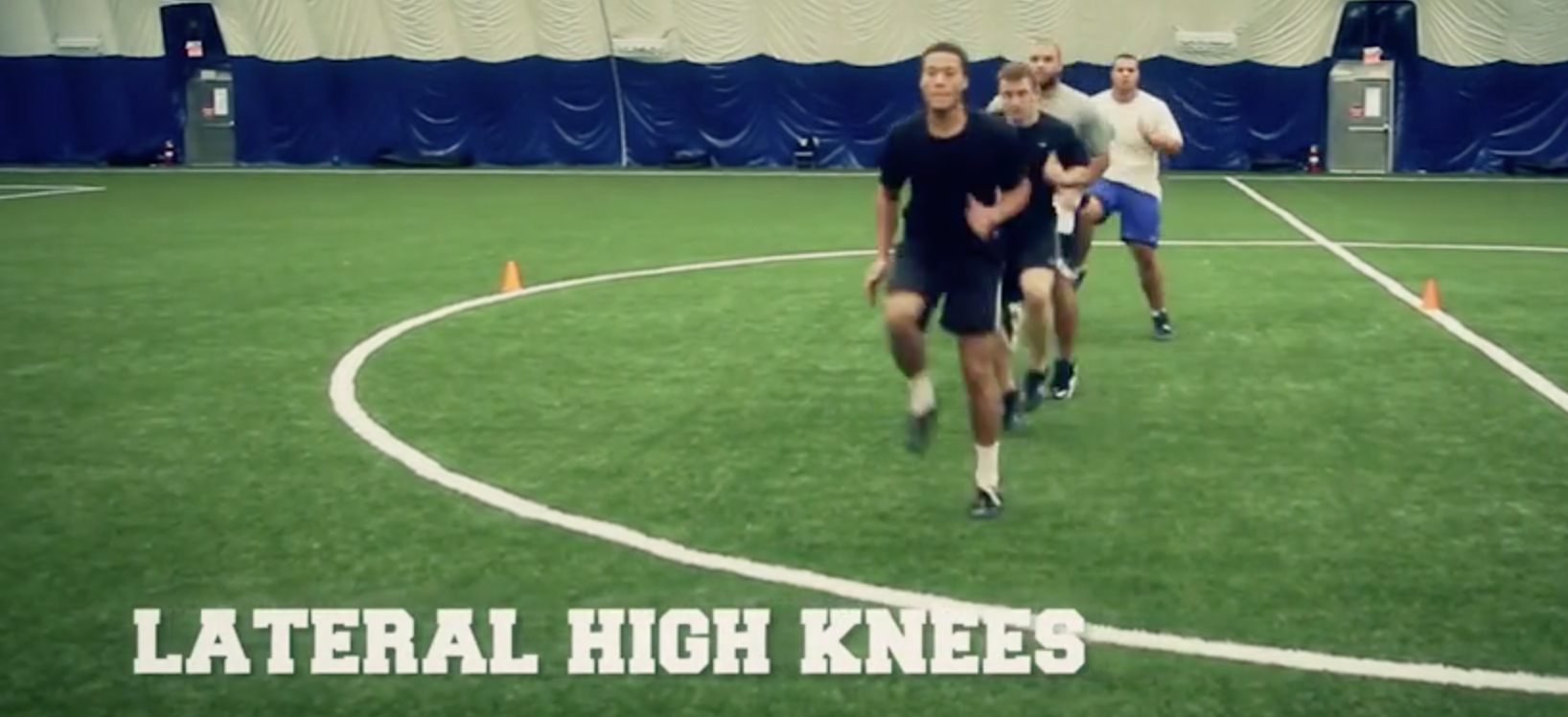Speed Training Drills

Speed training drills are an excellent method for improving running form, technique and power output. However, it always amazes me when people go online to search for speed training drills with the idea that descriptions of these drills are going to help them get faster or improve the speed of their athletes.
As I mentioned, the primary reasons for using these movements is to help athletes correct some of the many technical errors that occur when they are running at high intensities. The reasons that these errors occur are due to several factors. Most often, it is simply due to the fact that athletes have never been instructed on the right ways to move when they run, or what they should be thinking about as they sprint. This is usually because their coaches don’t really have any idea what to tell them. Another reason is due to lack of coordination.
Running fast requires the coordination of many muscles working simultaneously. Lack of coordination causes the brain to do more work to keep athletes from losing their balance, so it has to slow the body down to compensate. Other reasons are lack of physical strength in the legs and weak cores (abs, hips, lower back).
My point in saying all of this is that in order to learn how to do speed training drills correctly, athletes and the coaches who teach them must be able to see these drills done the right way. Descriptions of drills (and even still photos) are a poor representation of the specific ranges of motion that athletes must learn to do as a part of a complete speed training program. The reason they need to learn these drills in the first place is because they don’t do them right or have running styles that limit their ability to accelerate, maintain top speeds and generally perform to the best of their abilities.
So if you attempt to teach or learn the drills that address these issues by reading about how to do them instead of watching them on video, you are doomed to make errors in your comprehension. In short, you won’t get a full understanding of the techniques and then you will simply reinforce an entirely new set of bad habits that must be broken again in order to achieve the results that bring you to this site today. In fact, I have never seen anyone properly teach themselves or others how to do a useful speed training drill by reading about it.

On top of that, you have to make sure that the speed training drills that you are learning are actually going to reinforce proper mechanics. Some popular drills teach athletes the wrong ideas. For example, high knees and butt kicks are age old exercises that teach athletes to continue to run at less than their full potential. Why?
High knees teach athlete to drive their knees up and let the ankle come out from underneath the hips when running. To run faster, athletes must drive the foot down into the ground with the foot landing underneath the hips. Butt kicks teach athletes to bend at the knee when running as if they were doing a hamstring curl.
Yet, the leg never operates in this way when running even though it may look like it. This is why you should never have athletes do hamstring curls in the weight room. It is a waste of time and effort.
Speed training drills are a requirement in any speed development program, but make sure that that you learn them by watching an experienced athlete perform them correctly or you will get very little out of it in the long run.
For more information about the most comprehensive speed development resource available anywhere, visit www.CompleteSpeedTraining.com. To learn more about Complete Speed Training or any of our other best selling performance enhancement programs and products, please give us a call at (877)510 – 3278 between 9am – 6pm EST or email us at: info@athletesacceleration.com.
Recommended Athletes' Acceleration
Products
—————————————————————————–




0 Comments for “Speed Training Drills”